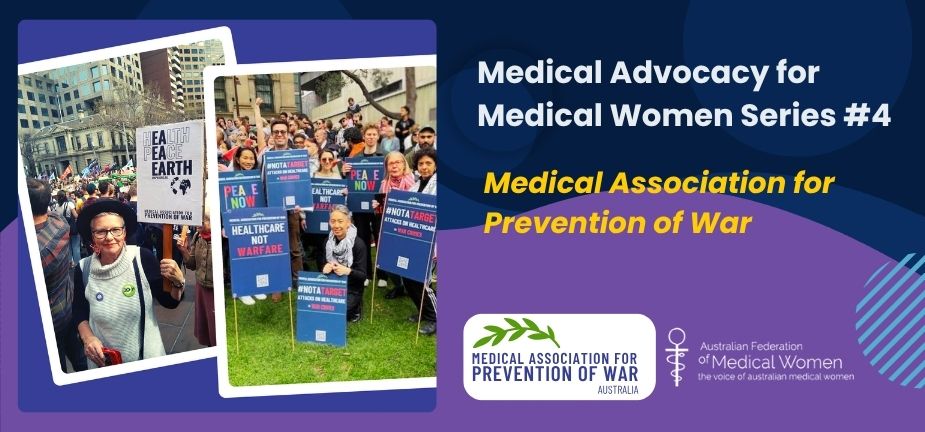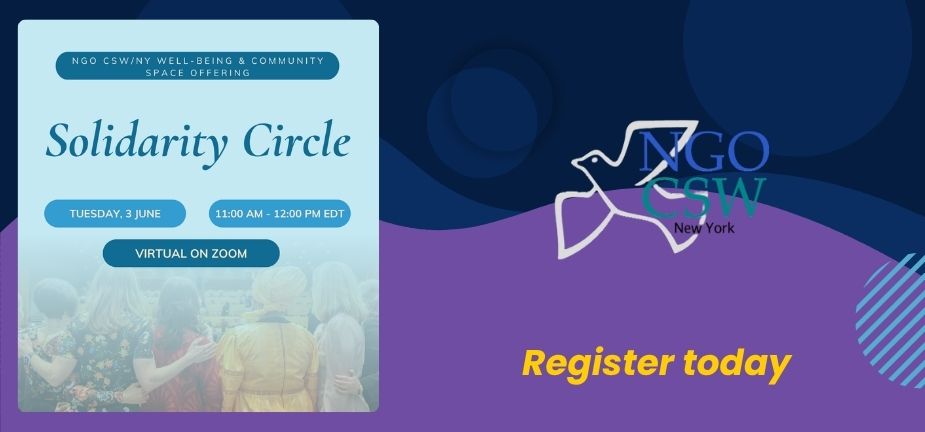This article outlines a systematic approach to advocating for your cause, which is practically applicable, and is written primarily for an audience of medical women. Although many of the following points may seem self-evident, it is helpful to have such a list in mind when planning a particular campaign, as such a plan will ensure that your campaign is as efficient and efficacious as possible.
1) Be informed
This is the most important aspect of your campaign, and should always be the first activity that you carry out. You must be knowledgeable about your cause, and a great way to prioritise the important facts in your own mind is to prepare a one-page fact-sheet which can be easily distributed to anyone who shows interest in your work, with an internet link telling them how to learn more and get involved. In addition, prepare a succinct 30-second “elevator-ride” talk outlining the important features of your cause, which will be useful as an introduction to the topic for any uninitiated enquirer (and for all time-limited politicians!).
2) Plan
Make your plan as detailed as possible (get back to your medical-student roots and draw a mechanistic flow-chart), and try to anticipate potential problems in advance so that you recognise them immediately if they do arise. Remember to evaluate your progress at pre-ordained points in time, both to check that you are on the right track and to bring your team back together periodically to maintain enthusiasm.
3) Refine and define your message
If you’re working as part of an NGO, you are hopefully already familiar with your organisation’s vision and mission statements, which are usually relatively general in nature. Using these statements as a starting point, create a more specific focus for your advocacy. Although this inevitably means you lose some of the complexity of the overall issue, ultimately it allows wider dissemination and better results. Because you’ve planned well, you can identify any areas of concern which have been omitted and return to them in a later campaign.
4) Select your audience wisely
Most advocates will target a number of different audiences to try to disseminate their message as widely as possible. For example, advocating for legislative change will not only require engagement of policy-makers, but will also benefit from media coverage and awareness within the general public. In addition, do not underestimate the power of your friends and family. Enlist them to your cause first, and they will help you refine your arguments while potentially providing further inspiration.
5) Select your medium (or media) of dissemination
Your medium of dissemination must reflect your audience, and thus you will probably need to harness a number of different media throughout your campaign. In particular, it is increasingly important to recognise and take advantage of the power of grassroots support garnered through appropriate use of technology. Therefore, make good use of networking tools such as Facebook, and create an internet site with links to extra information.
6) Offer practical solutions, both big and small
Within your initial plan, design an overall practical solution to your problem which your advocacy is directly working to achieve in the longer-term. This goal will keep your audience engaged while they perform smaller tasks. The talents of your target audience will be optimised if you suggest discrete tasks for them to carry out, so be as specific as possible. Ensure to give you audience options on how to participate, because where some people prefer to donate money, others might prefer to volunteer time. Successful delegation of tasks to others allows you (as coordinator) the time to perform a global evaluation of the project to ensure that all aspects of your plan are being carried out effectively.
7) Follow-up your audience, but be patient
Generally, people are busy and are constantly becoming busier, thus sometimes even when people are sympathetic to your cause they may need a little extra prompting to be persuaded to act. Such persuasion should always remain polite and respectful, and it is sometimes helpful to simultaneously offer your audience more resources to demonstrate your support, whilst prompting them with questions to necessitate a response.
8) Nurture networks
In particular, aim to actively build networks between like-minded NGOs, as this allows you ease of information transfer to presumably sympathetic wider membership bases, and also potentially enlarges your financial support network. In addition, the relationships which you create with your advocacy audience should be nurtured in order to utilise them in later campaigns – so always remember to be polite!
9) Be passionate but mindful of others
Enthusiasm is infectious! In many ways, being an advocate is similar to being a car saleswoman: the customer buys the car because we have convinced them to trust us that the car is mechanically sound. Similarly, an advocate must convince her audience to fight for a cause (or at least to actively learn more about it) even though the audience’s knowledge of the subject may be limited. Someone who is clearly passionate, knowledgeable and honest about their subject will be more endearing to their audience and ultimately more successful.
10) Practice
Ultimately, the skills of advocacy are best learned in practice, but hopefully this schematic plan will help you get started so the real on-the-job learning can begin. Happy advocacy!
Bibliography and further resources:
– Nonprofit Policy Advocacy: Part 2, How to Advocate Effectively, by Kathleen Pierce, accessed on 14 October 2008, at http://www.seattleu.edu/artsci/npl/modules/PolicyAdvocacy2/PA2_tab3.pdf
– MindTools, accessed on 14 October 2008, at http://www.mindtools.com/









